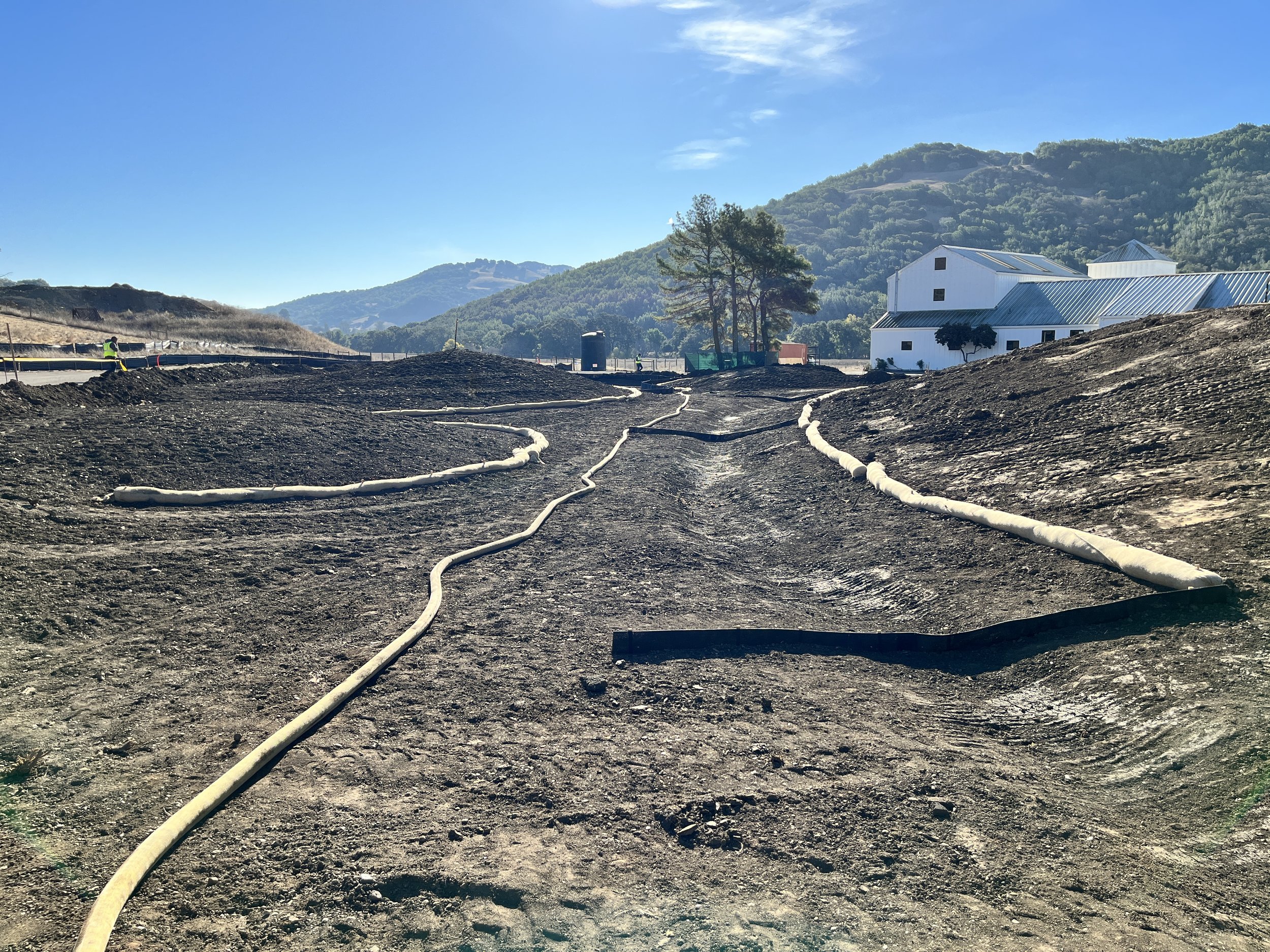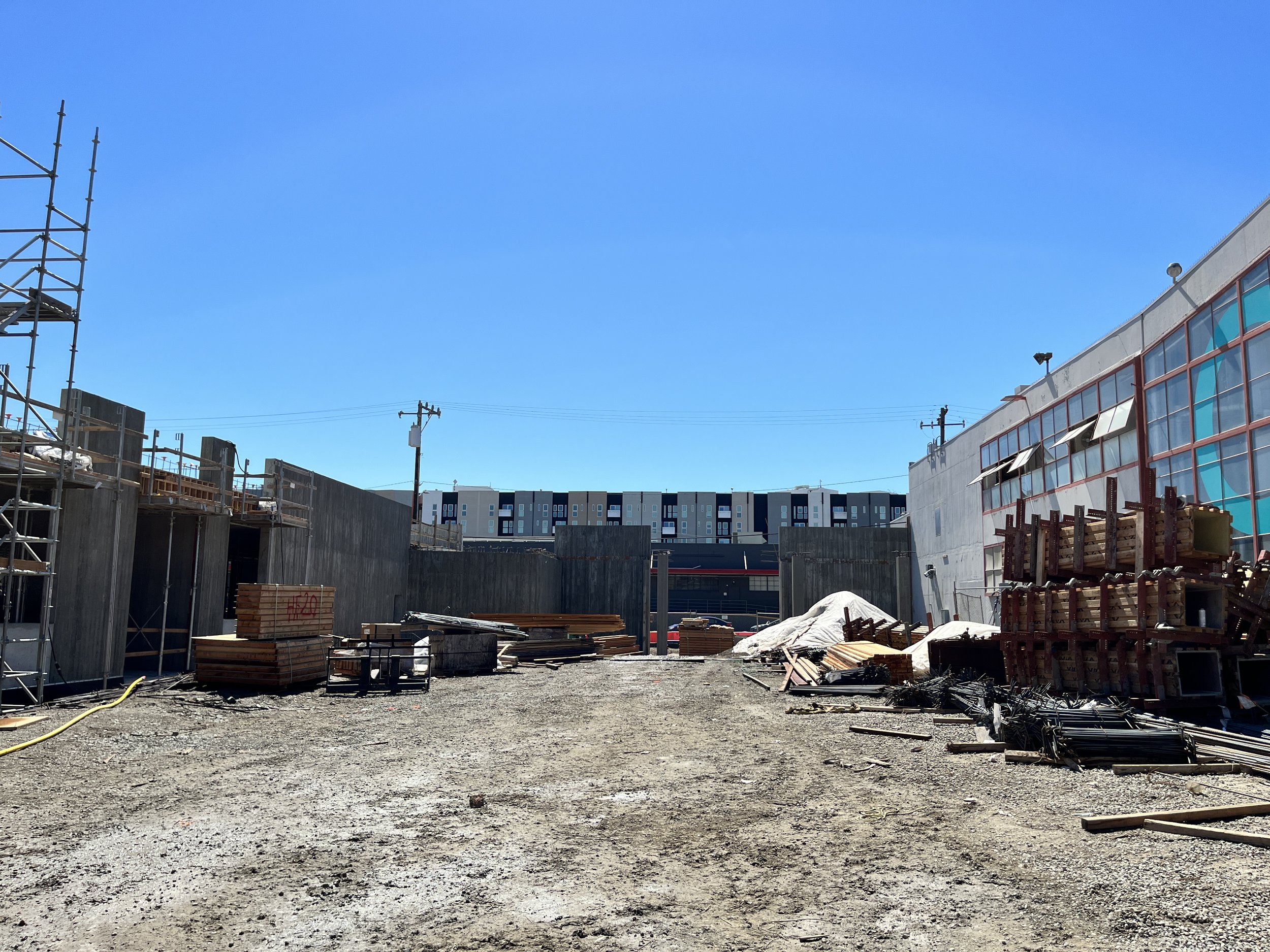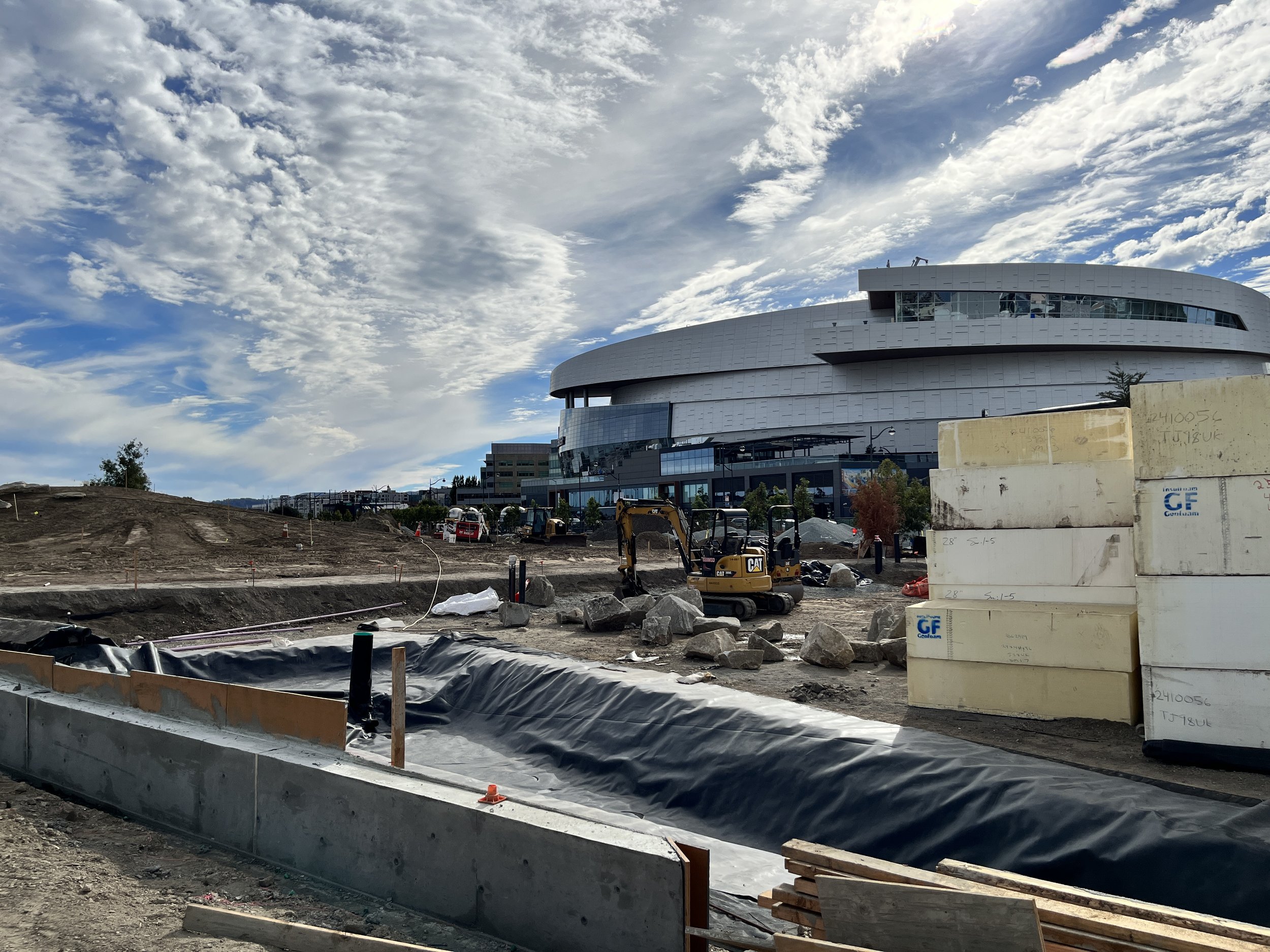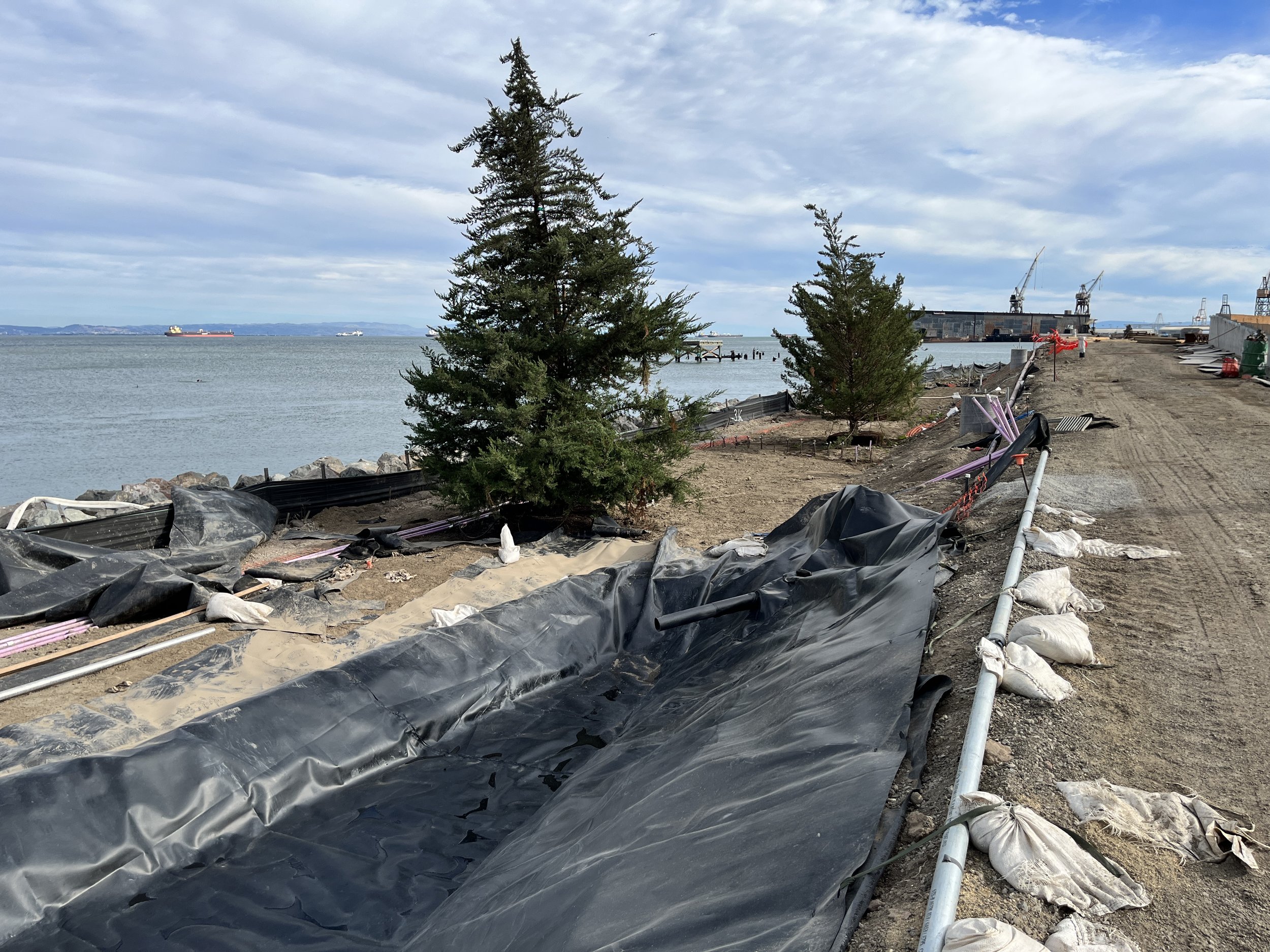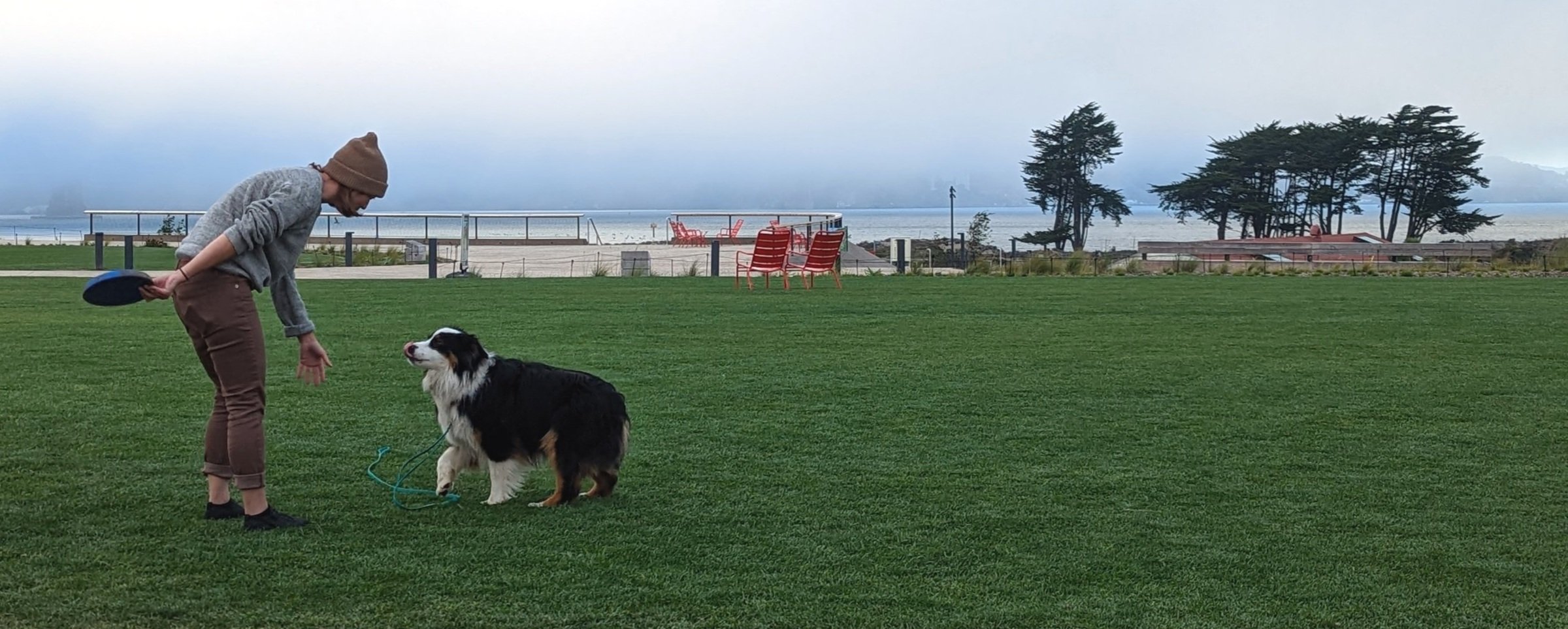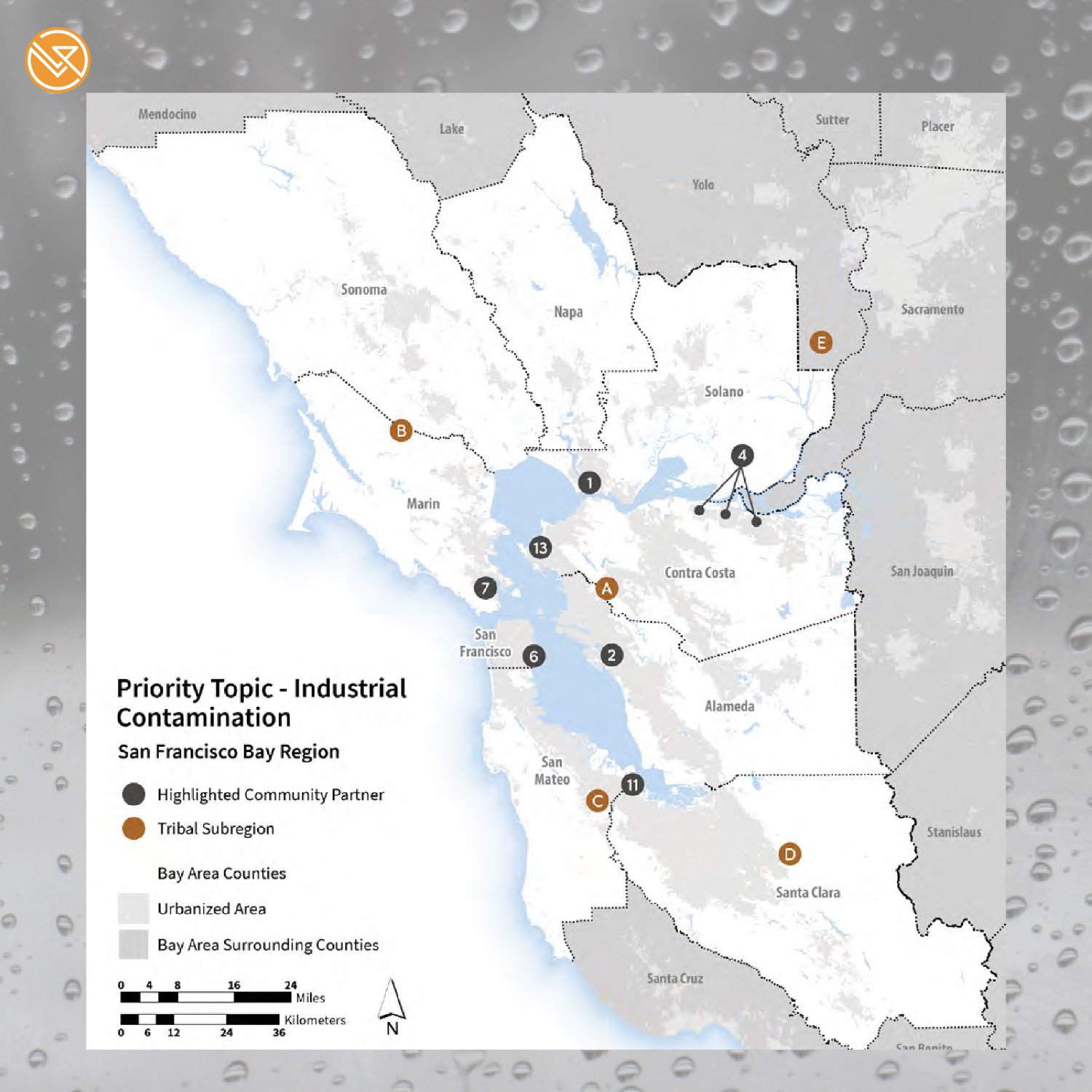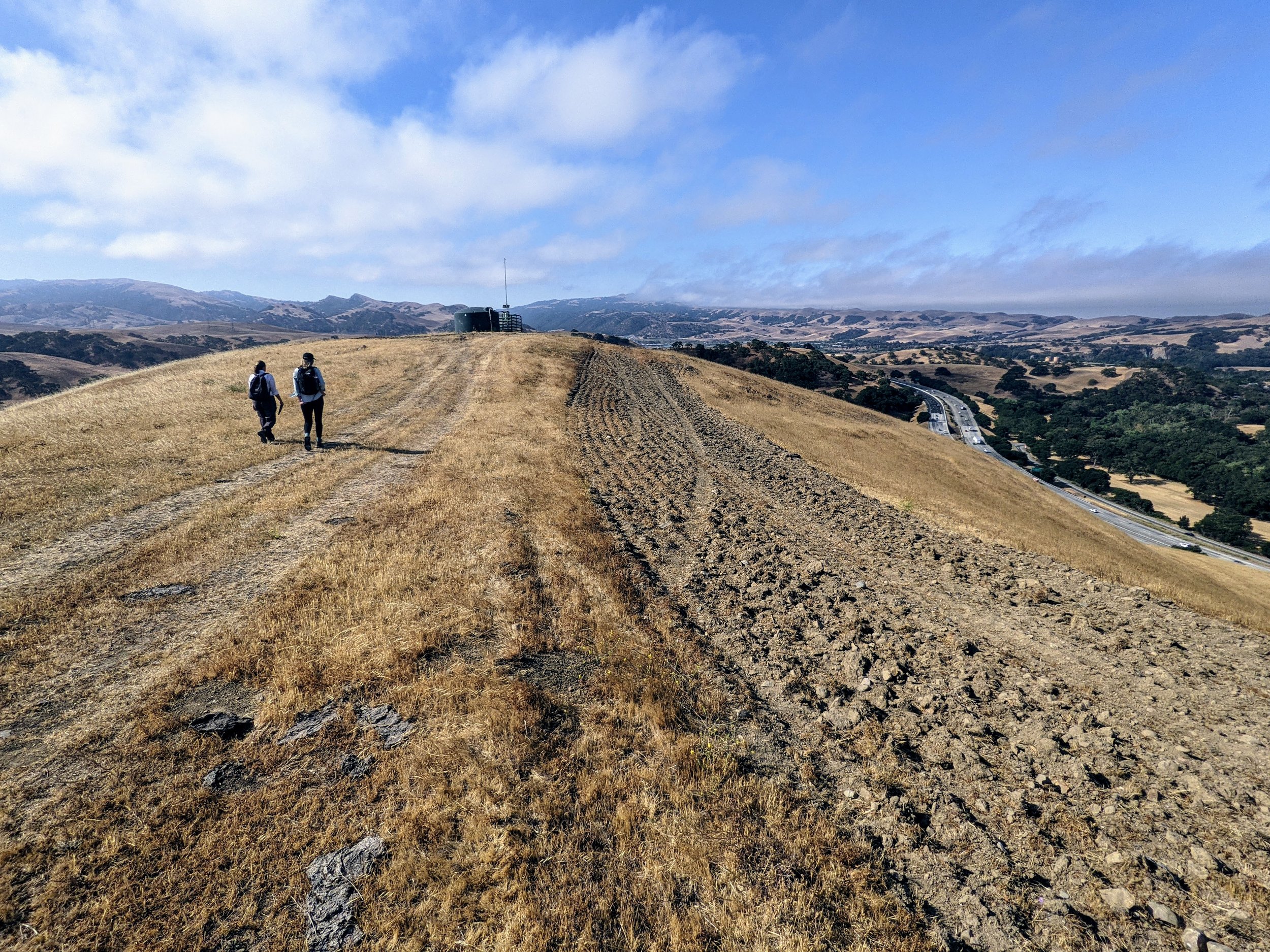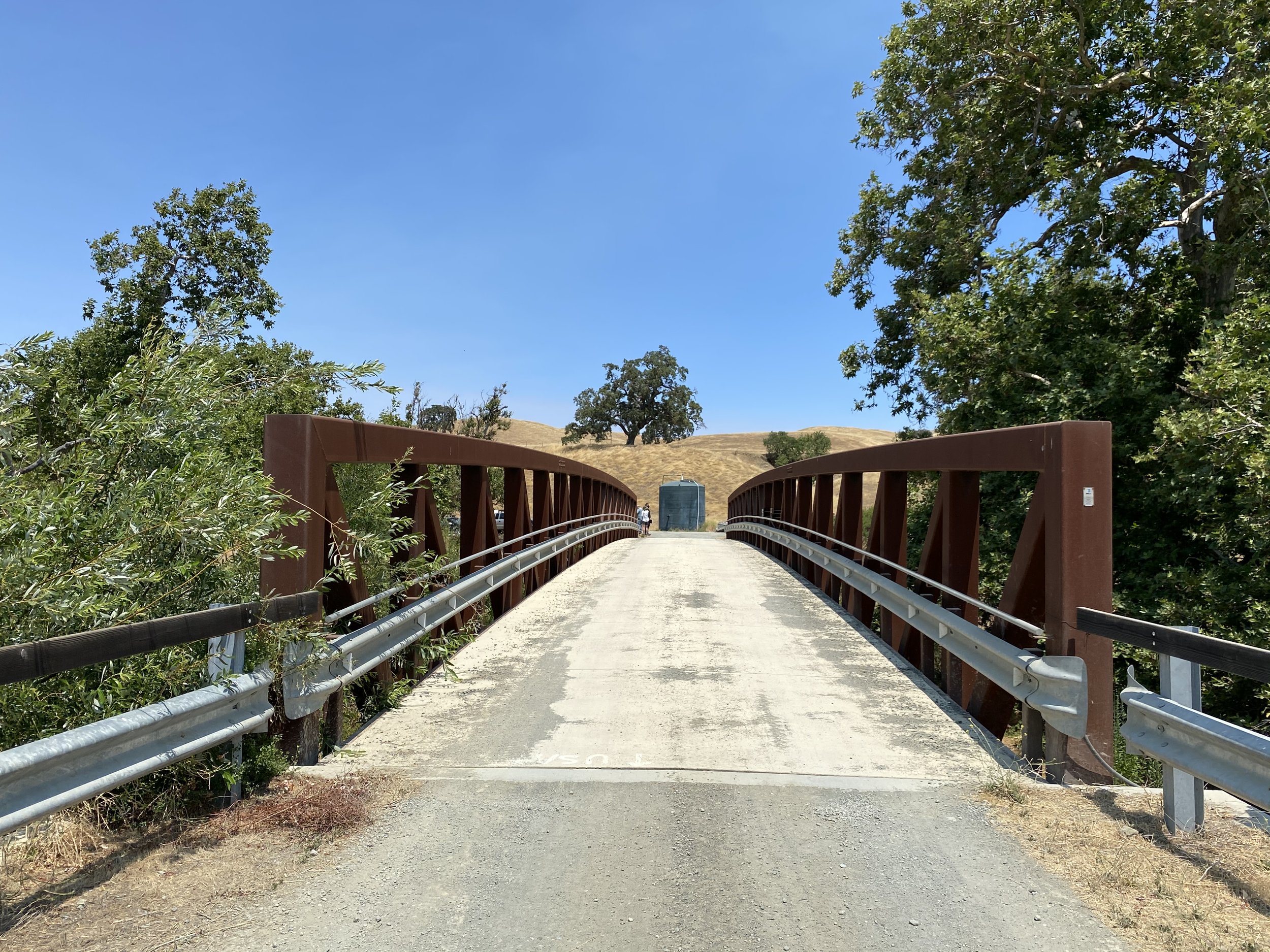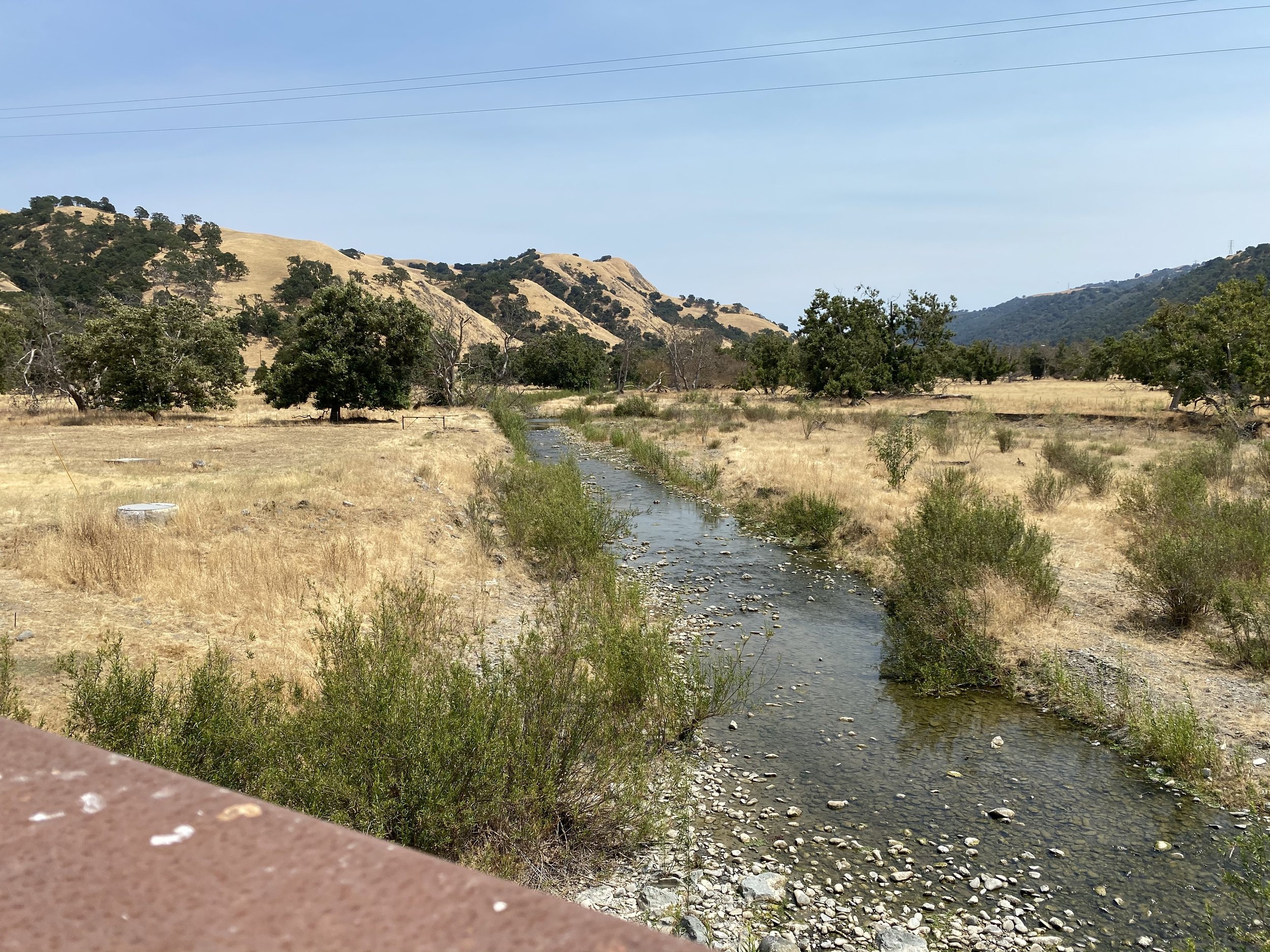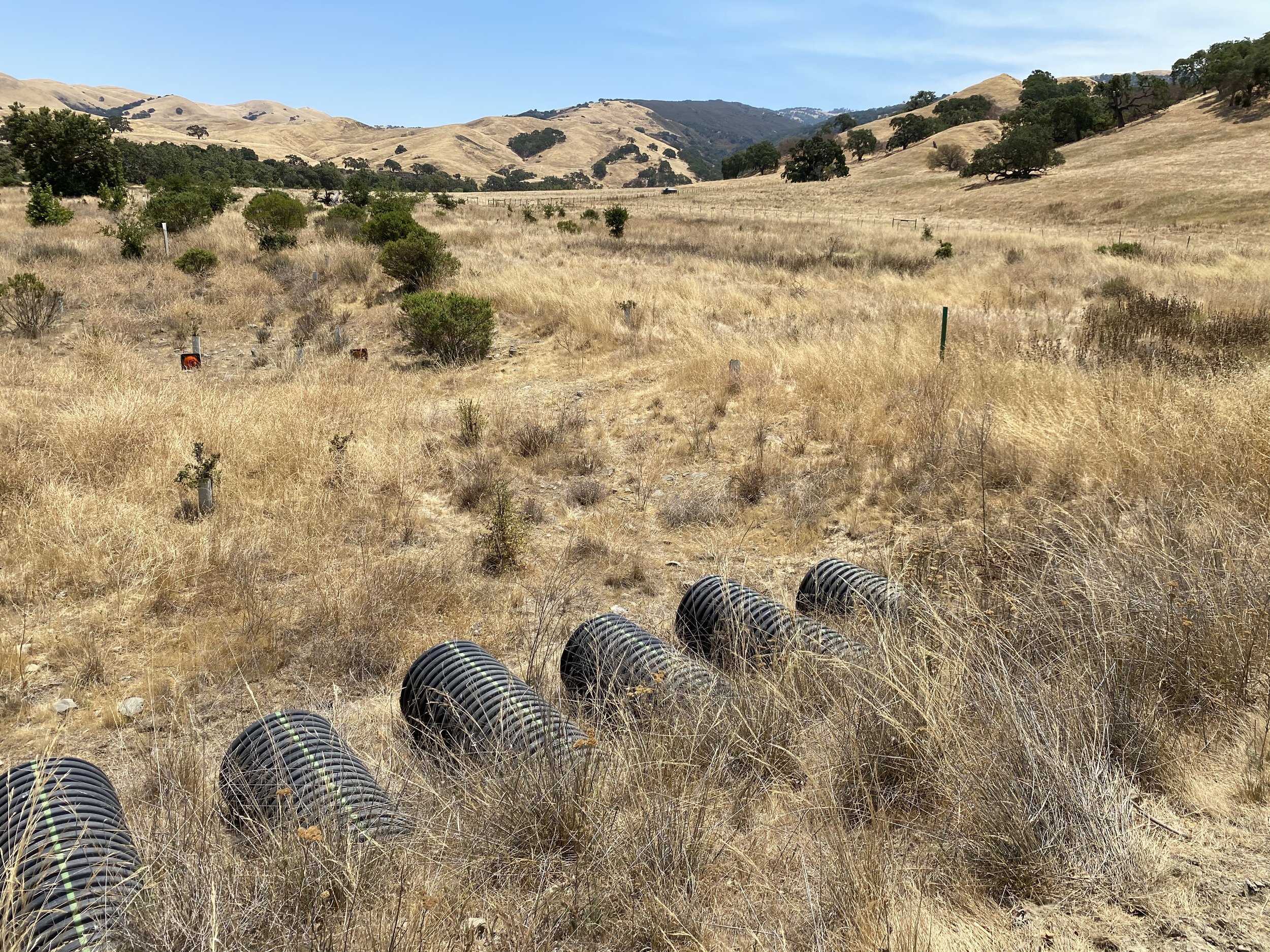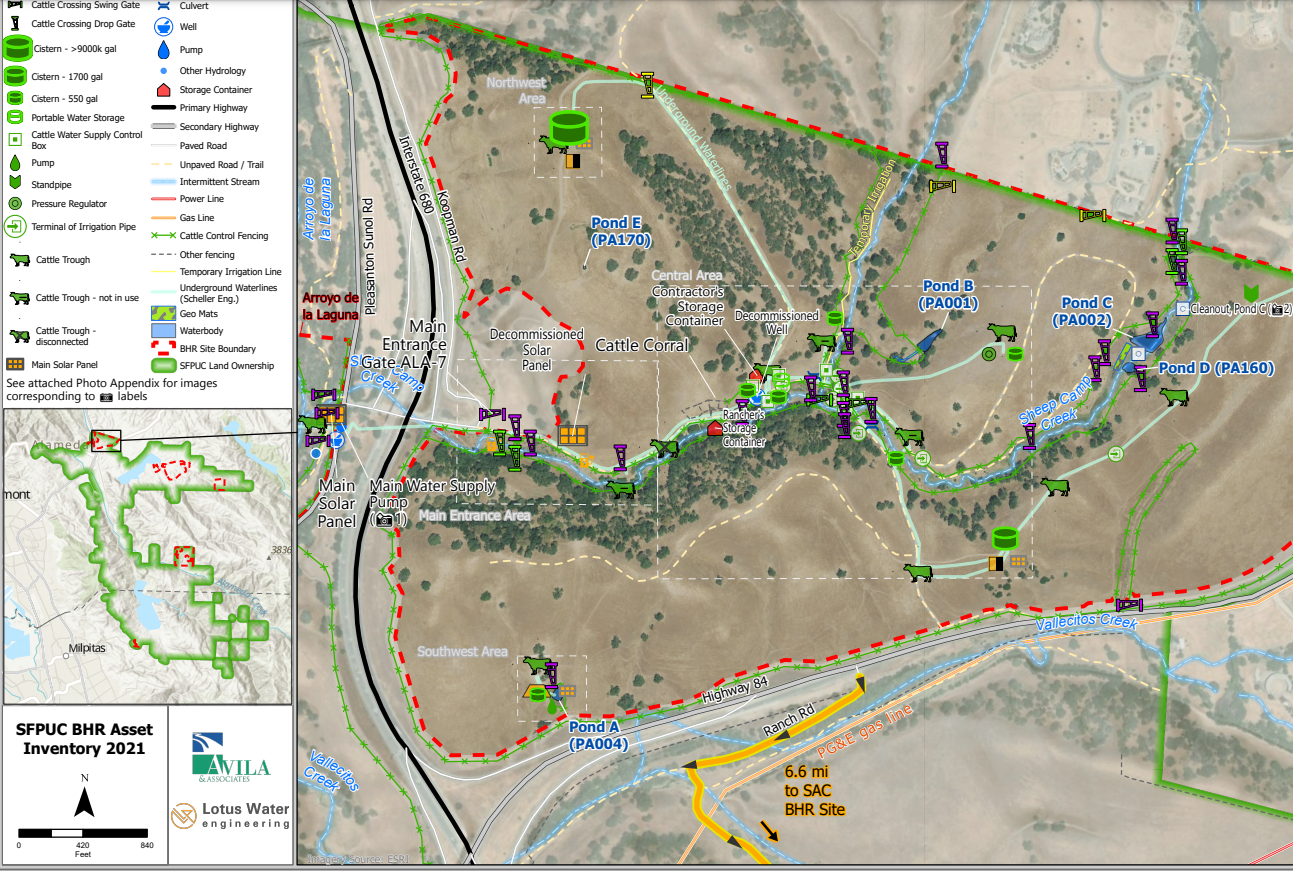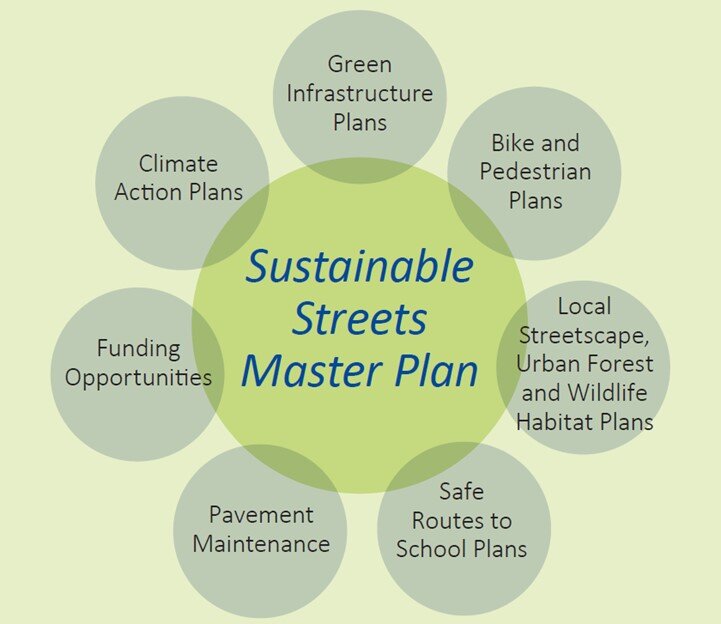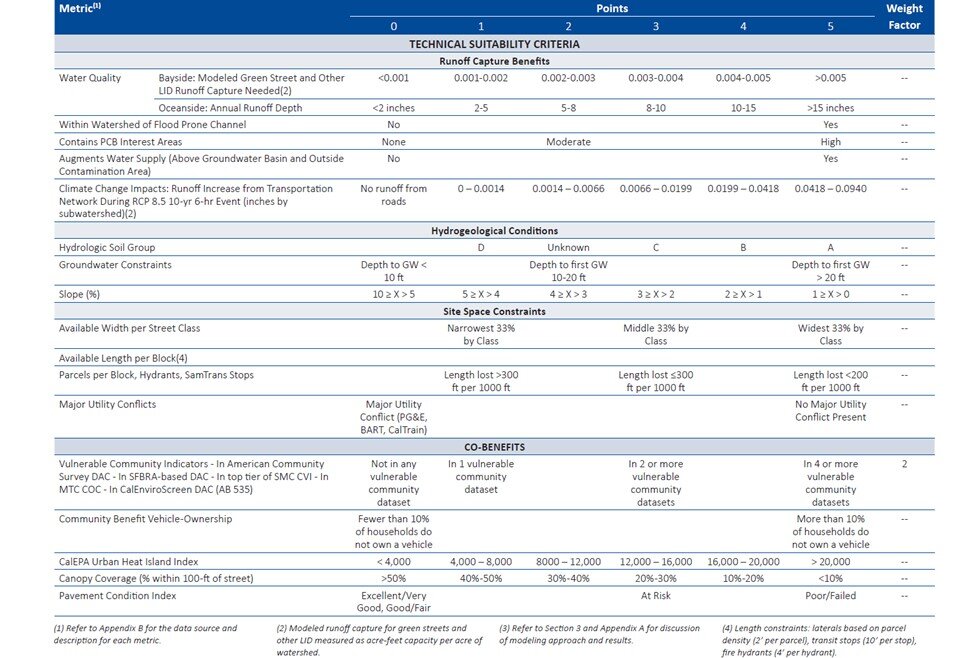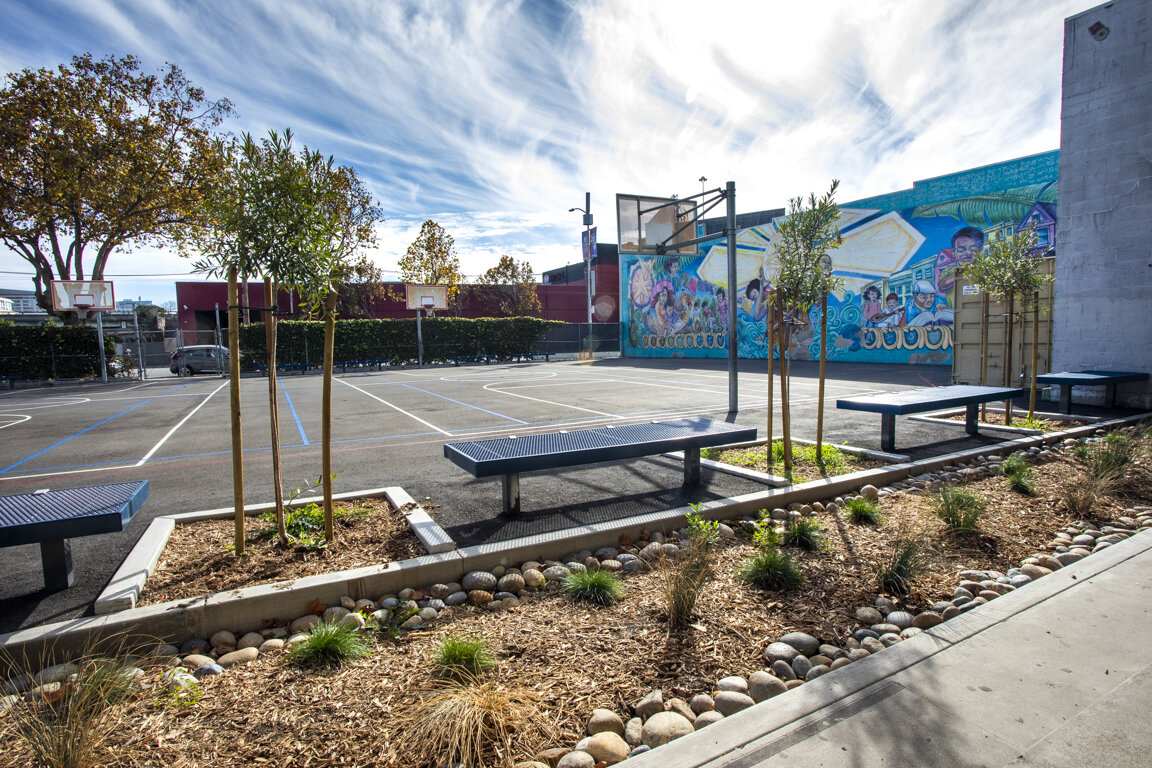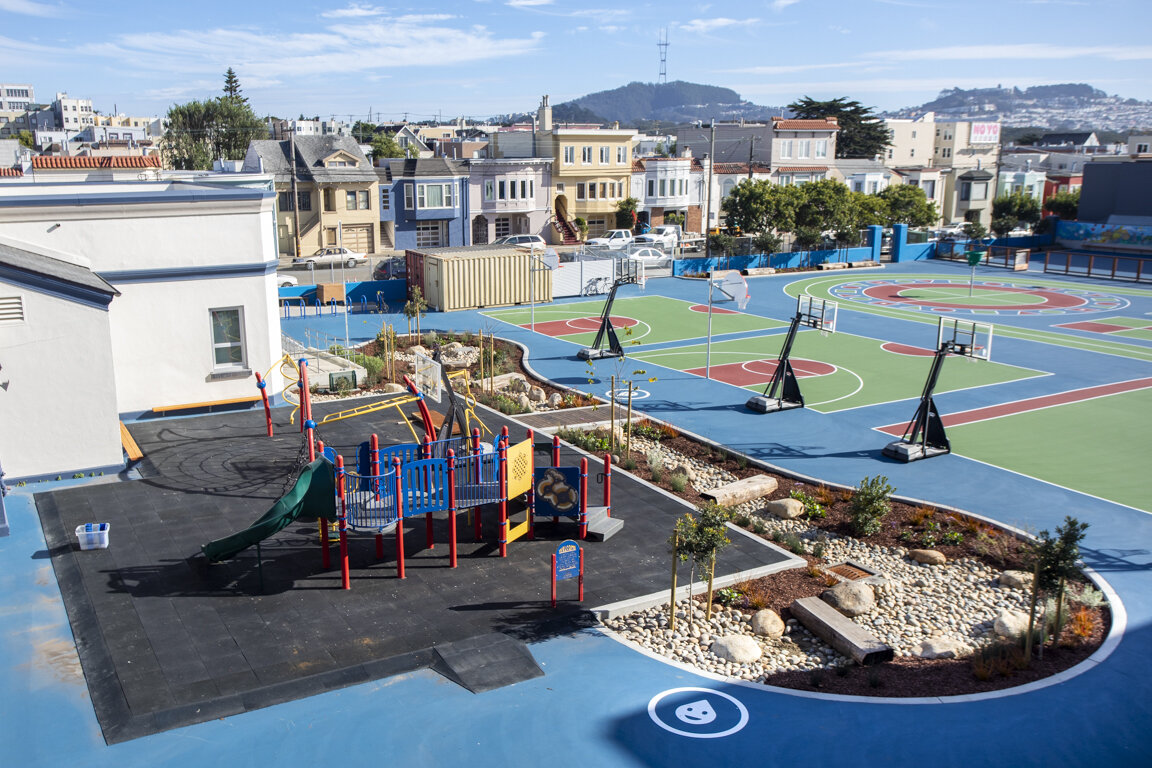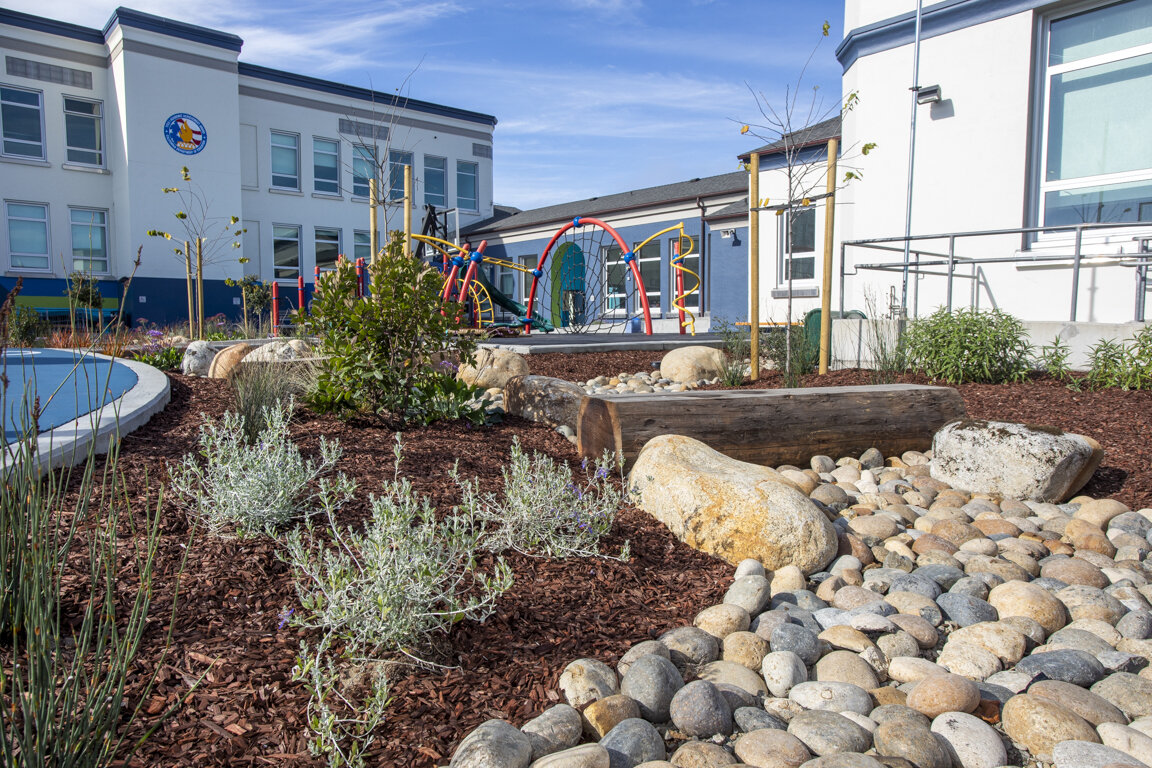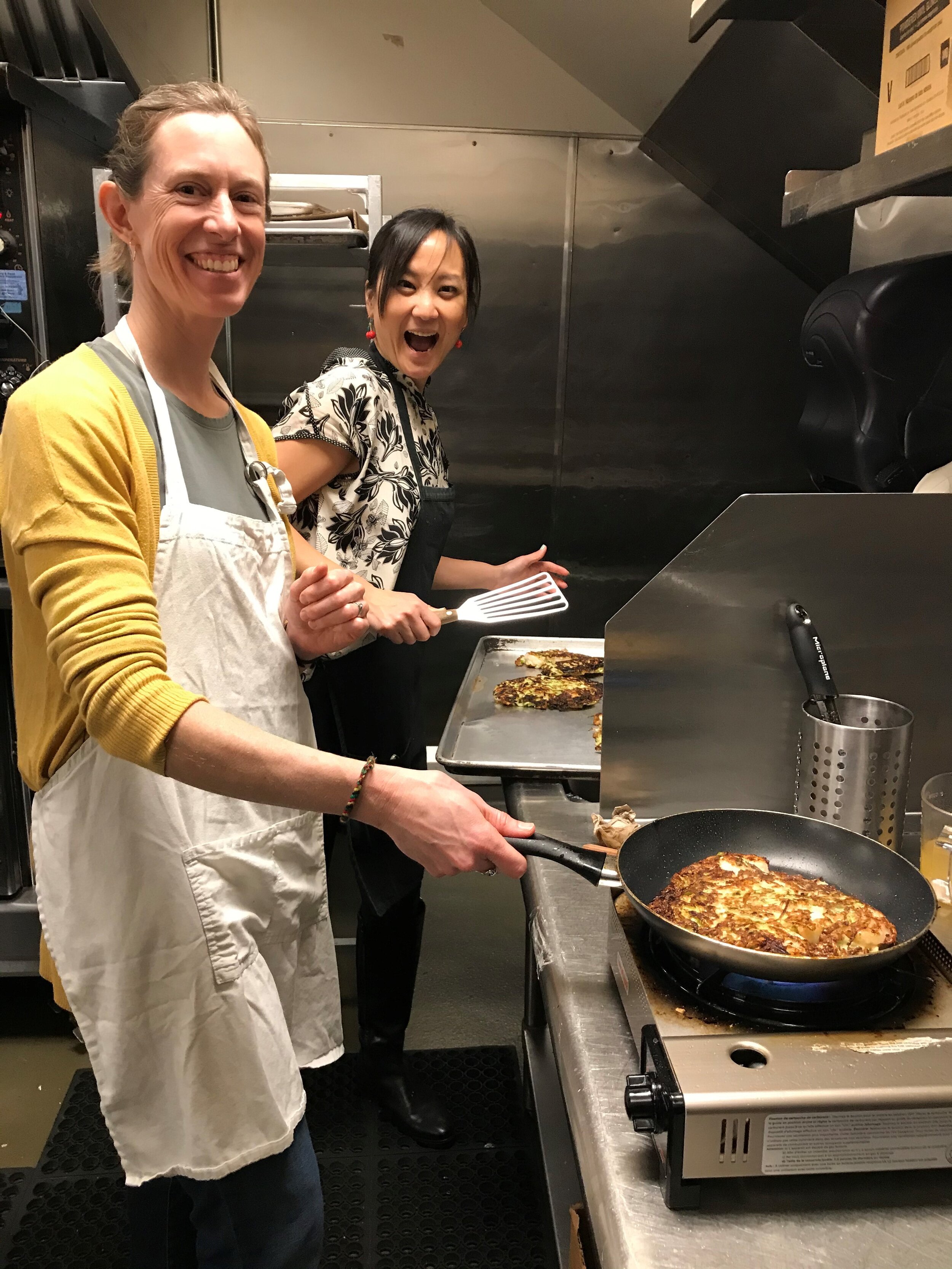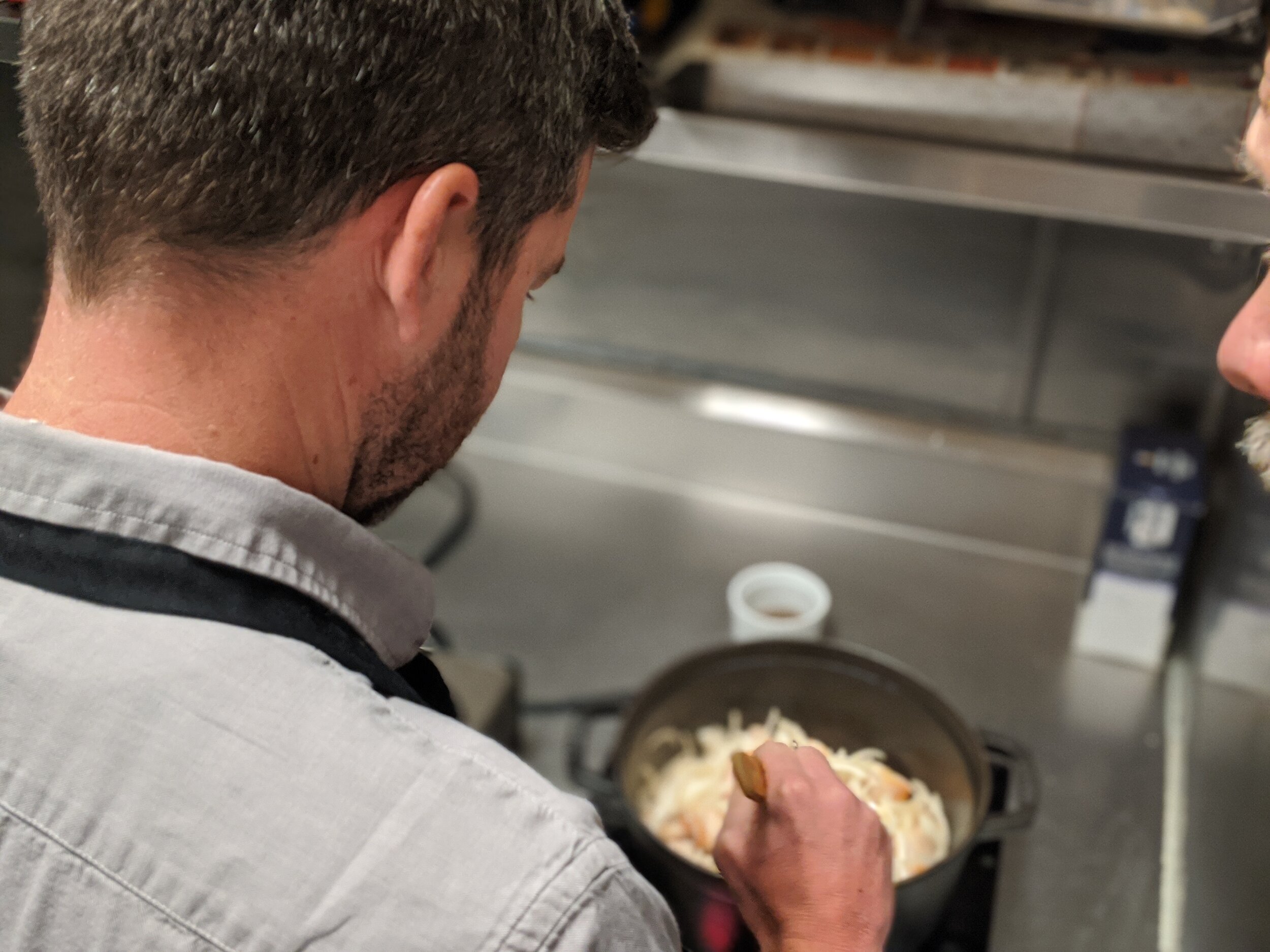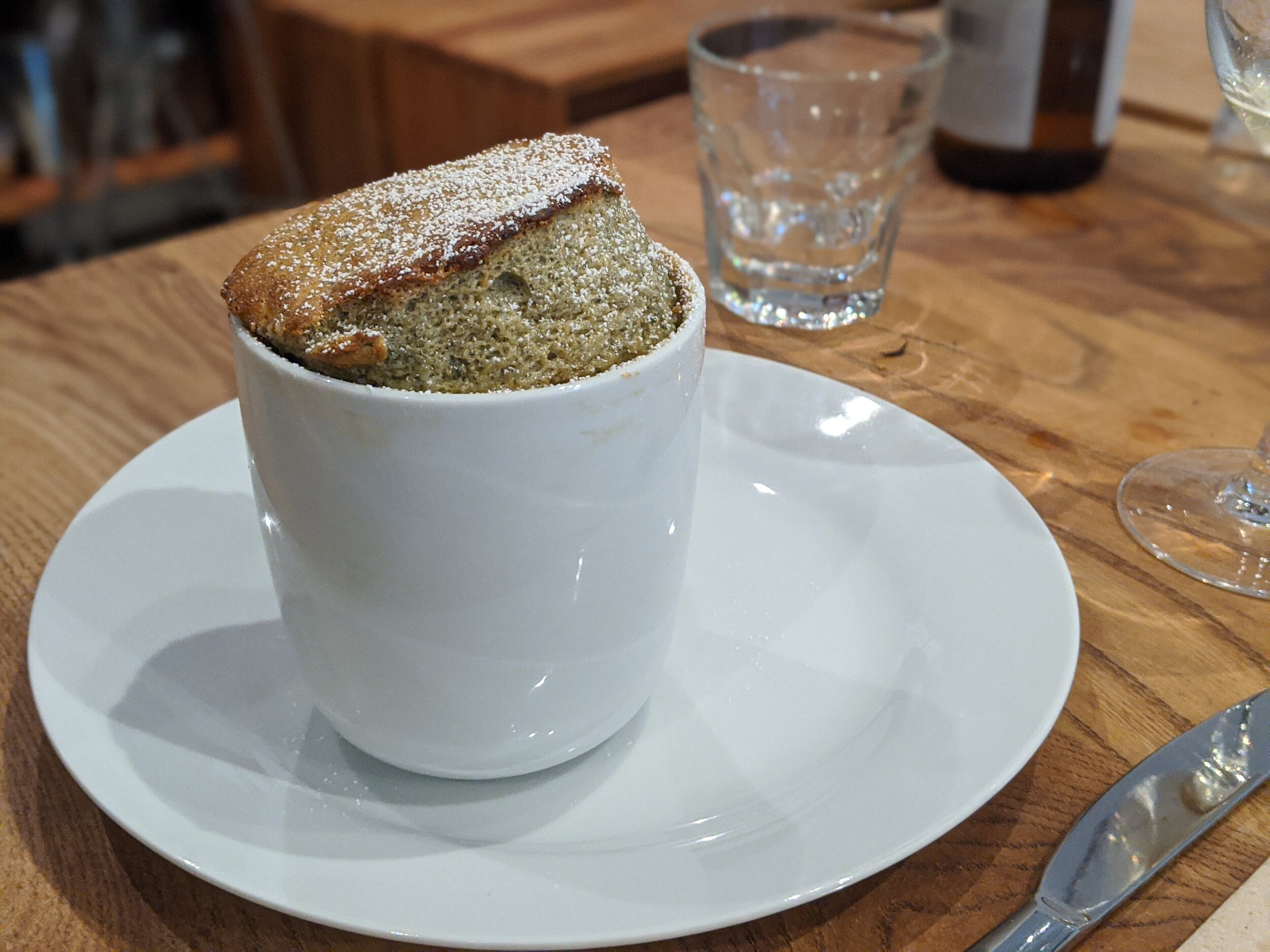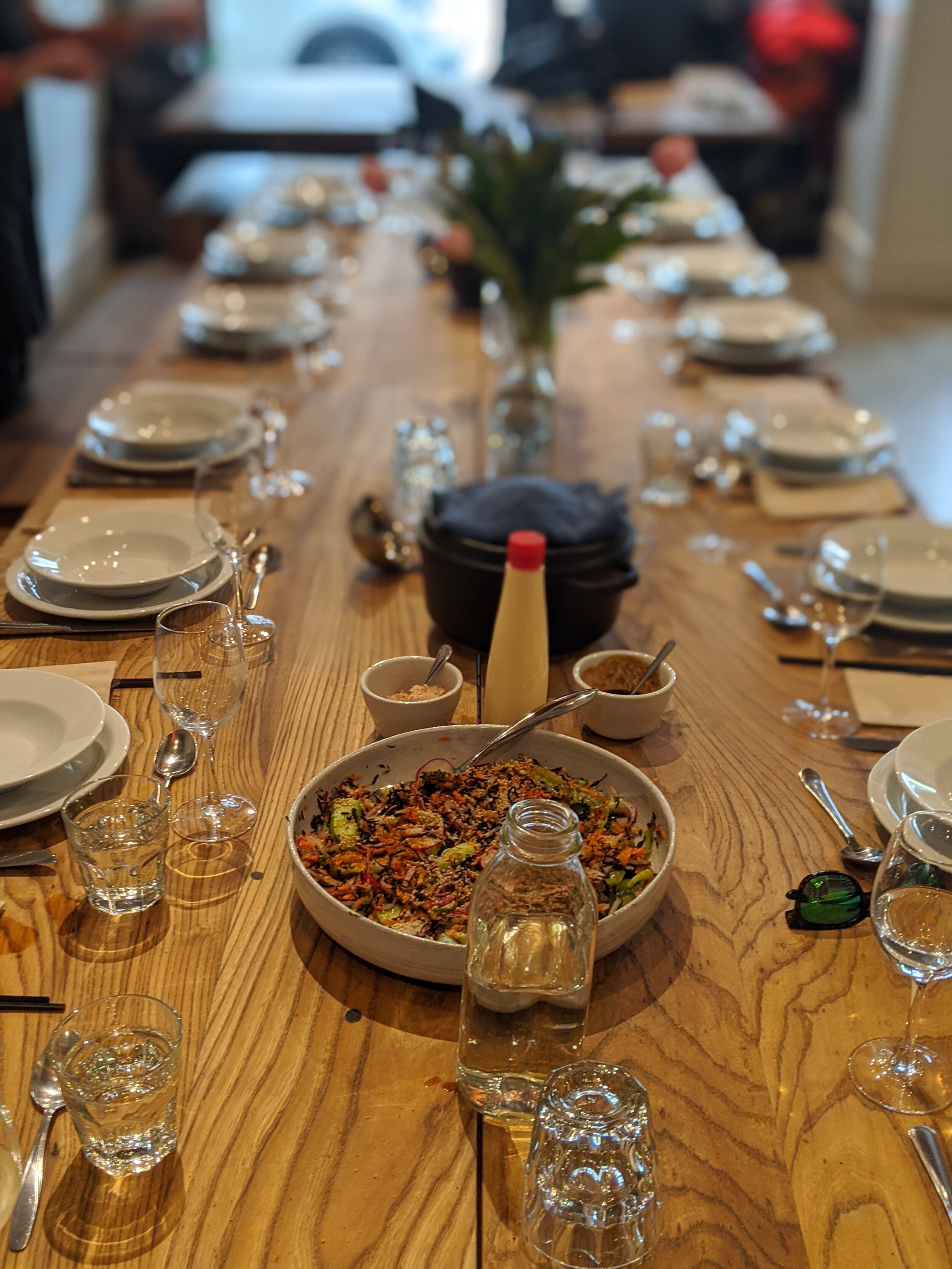This project helps clean water flowing from our cities to the Bay. The reach of Colma Creek running through Orange Memorial Park drains over 6,500 acres of land from six different municipalities, including the City of South San Francisco. This regional stormwater capture project, the first of its kind in Northern California, diverts all dry-weather flow and the first flush of urban stormwater runoff from Colma Creek into an underground system integrated within the park. Overall, 200 million gallons of water, or 15 percent of the annual flow in Colma Creek, pass through the system for treatment and beneficial use.
The Phase One project is funded through a $15.5M cooperation implementation agreement with Caltrans to help satisfy its pollutant load reduction.
What About the Sports Fields?
Revitalizing the sports fields is Phase Two of the Orange Memorial Improvement Project, which will also include pavement restoration and other associated surface improvements. This multi-sport, all-weather field will include:
Electronic scoreboards
Synthetic turf
Sports field lighting
Enhanced planting areas
Spectator areas
One adult/teen softball diamond with dugouts, bullpens, and batting cage
Two youth baseball diamonds with dugouts and bullpens
Two adult soccer fields with portable goals
Two junior soccer fields with portable goals
Four youth soccer fields with portable goals
Drinking fountains
“Determining what this multi-sport, all-weather field will look like was the result of many community meetings, where we heard from a variety of sports representatives in terms of how they envision the future of this field,” said Sharon Ranals, Parks and Recreation Director and Assistant City Manager.
“Having played on these fields in my youth, I know firsthand how valuable youth baseball is to our community. These field improvements and expansion will provide years of recreation and memories for generations to come,” added Vice Mayor Mark Nagales.
Schedule
Phase One construction begins March 22, 2021, continuing through Spring 2022.
Phase Two construction will begin in Spring 2022 with sports fields anticipated to reopen in Spring 2023.
Follow the progress of this project by visiting www.ssf.net/OMPImprovements and read more about Lotus’ role on the project here!












